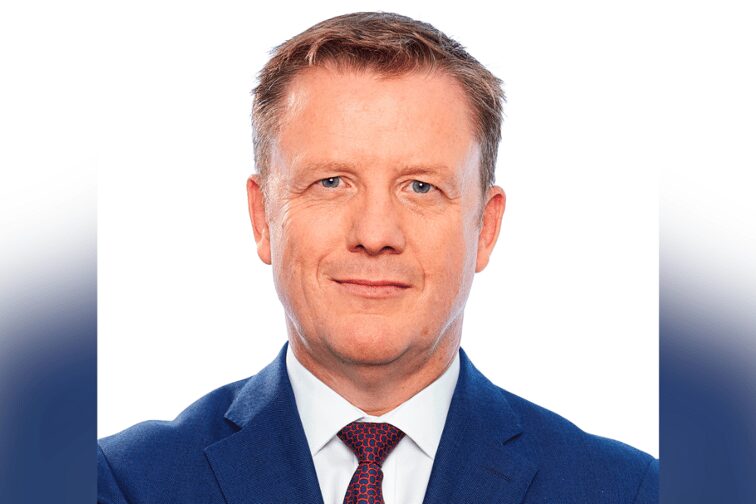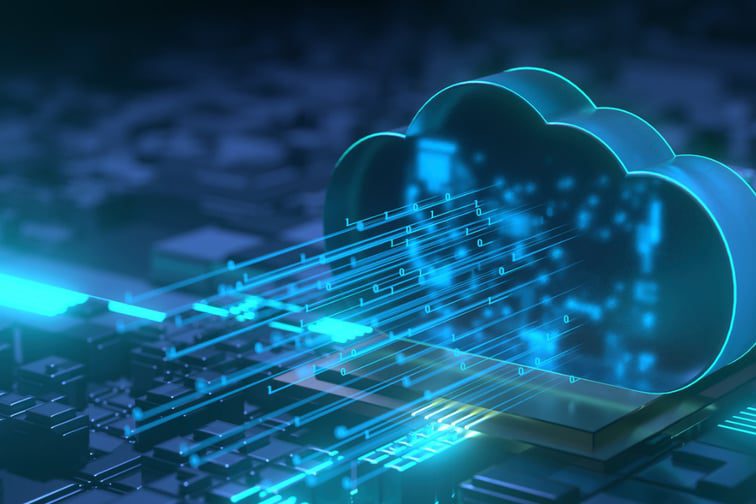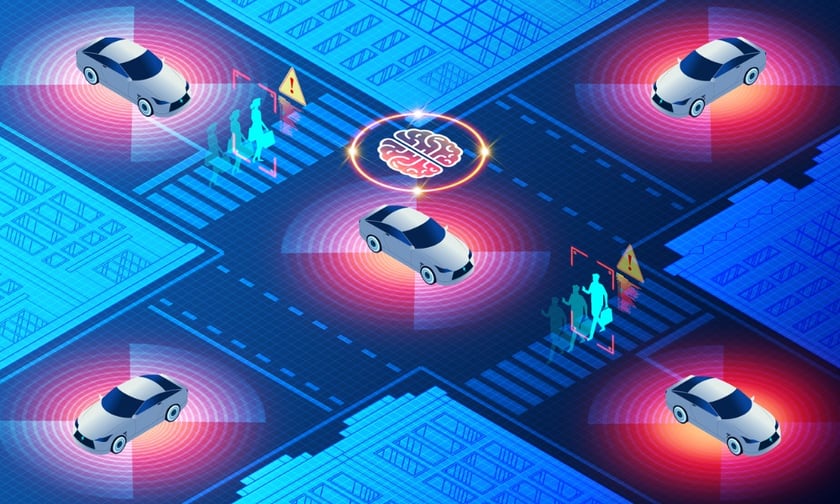
Key hire tapped to help grow UK business to £1.5 billion GWP

McGinn joins the business from Allianz where he spent 19 years, most recently as CEO of Allianz Commercial, Allianz UK before stepping down earlier this year. In a Press release, DUAL noted that the move is a “key appointment” that will see McGinn help lead ambitious plans to transform DUAL’s UK business, which currently underwrites £700 million GWP across 30+ business lines.
Commenting on the appointment, group CEO Clapham said DUAL is delighted to welcome McGinn to the business and highlighted that attracting somebody of his standing is a strong endorsement of the potential to grow its “already significant” UK business.
“Simon’s leadership skills and proven expertise makes him the perfect person to lead our UK business going forward,” he said. “He brings an exceptional knowledge of the UK insurance landscape, its evolving trends and the emerging opportunities they present. Simon’s vision will see us invest further in the people, technology and data needed to provide our brokers and their clients with expertly tailored products combined with an exceptional digitally-enabled service.”
He added: “Under Simon’s leadership, we now have the opportunity to build regionally across the UK, by attracting the very best talent to ensure we are delivering the quality underwriting results we are known for whilst growing the UK business to £1.5 billion GWP. It is an exciting moment for DUAL.”
Discussing his decision to join DUAL, McGinn said he is excited to be joining one of the world’s leading MGAs. He noted that amid changing broker and client expectations, DUAL has proven itself to be a business with “a strong sense of purpose and direction” and he said he is looking forward to working with the leadership team to continue the growth they have already seen in the UK.
“As we’re looking to expand the business,” he said, “I am sure that DUAL’s people first and empowered culture, combined with its strong focus on underwriting excellence, will continue to attract capacity providers, brokers and great people to the business.”
What are your thoughts on this story? Feel free to share them in the comment box below.
Related Stories
Keep up with the latest news and events
Join our mailing list, it’s free!

This page requires JavaScript



















